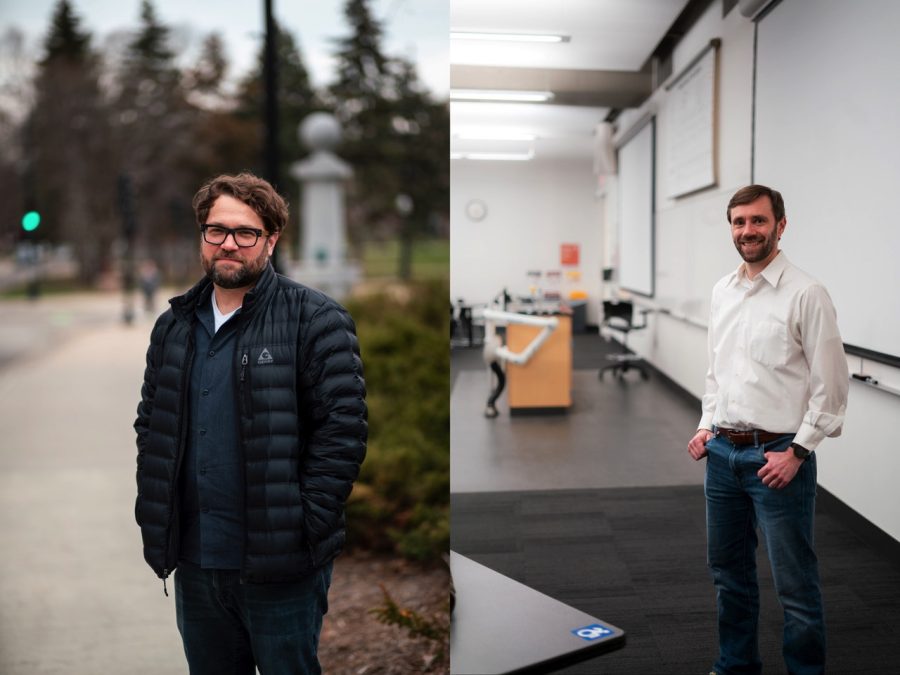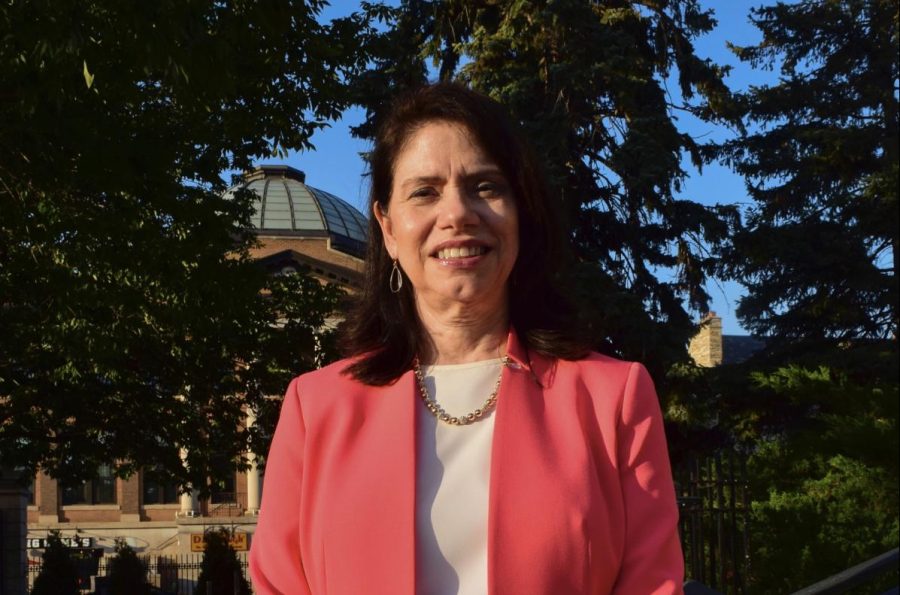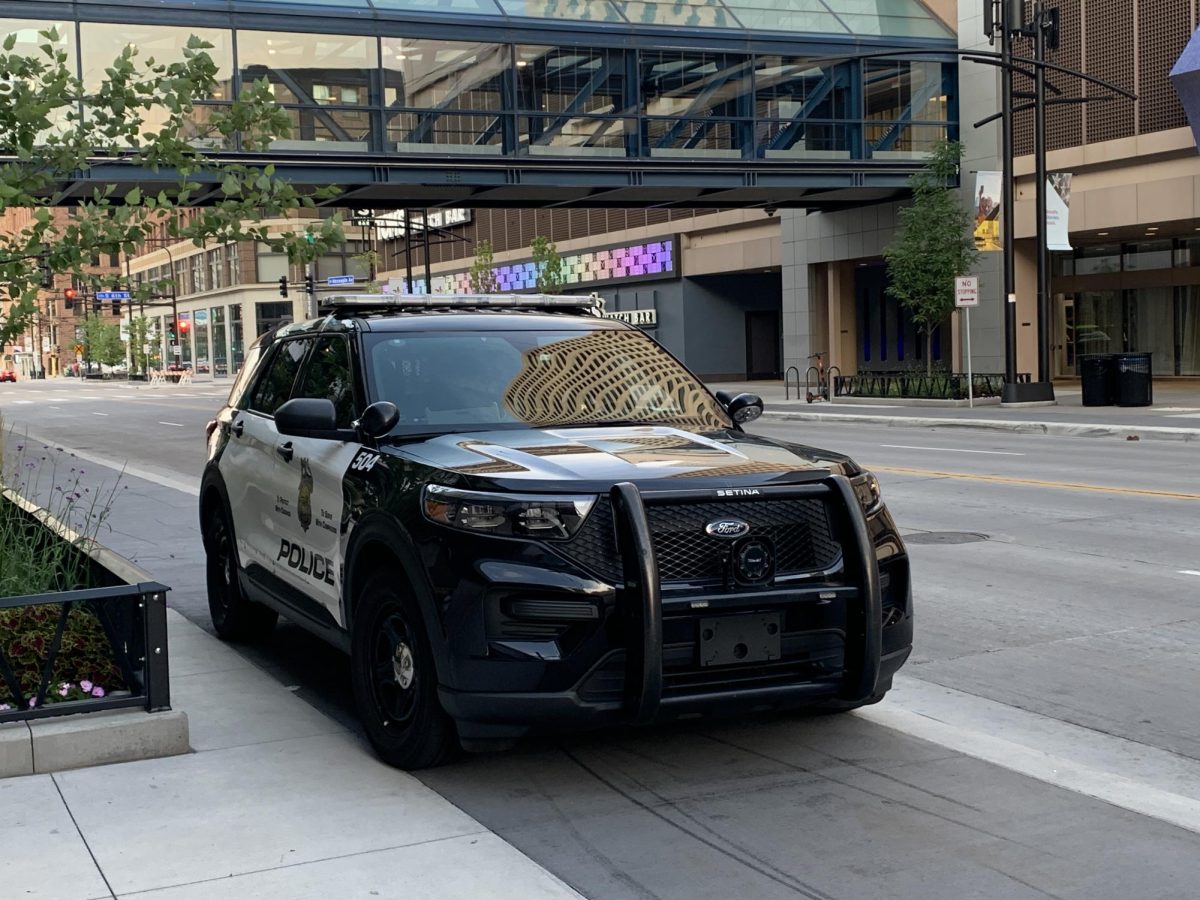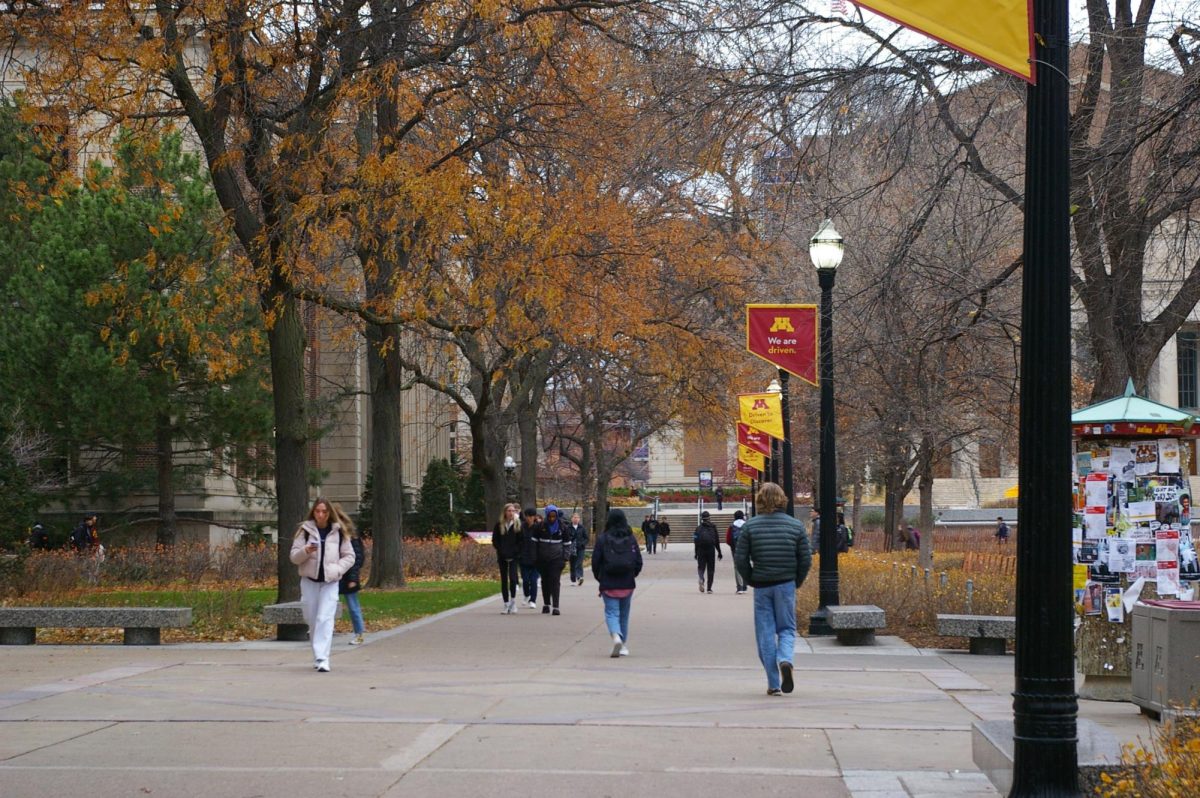With the fifth semester of teaching during COVID-19 coming to a close on May 2, University of Minnesota faculty looked back on their experiences and lessons learned from the past two years.
Classes shifted from online to in-person for the majority of students in fall 2021, in addition to changing mask requirements in the spring. Students and faculty also accommodated vaccine mandates and overcame case numbers amid the surge of the COVID-19 Omicron variant in January.
“I can’t stop thinking about how difficult it’s been for everybody,” said Matthew Hadley, a cultural studies and comparative literature professor. “I think we’ve all had to be creative and we’ve all had to make sacrifices and shift the ways that we traditionally would teach.”
Hadley said he thought the pandemic taught professors to be more empathetic toward students’ mental health and personal situations.
“I think that we just need to be more aware of the challenges in everyone’s lives, I think the pandemic just exacerbated it,” Hadley said. “I wish the University had more support for mental health, but I’m really glad that they’re at least acknowledging it and asking professors to pay more attention to it.”
Corey Nelson, a marketing professor, said the pandemic helped him understand what other things may be impacting students’ lives in the background. Courses taught online made this more noticeable, he said.
“People would email me at the end of the semester and be like, ‘Corey, I didn’t leave my bed for a month, but I came to class every day,’ and that scared me,” Nelson said. “You just see a black box [online] and you don’t understand what people are going through in their lives, so it made me realize that a lot more.”
Christopher Kauffman, a computer science professor, said professors struggled with mental health issues of their own during the pandemic, making it more difficult to provide students with the help and encouragement they need.
According to a 2020 study from the Carlson School of Management, California Polytechnic and the University of Washington, nearly 20% of the more than 1,000 University faculty who took the survey reported a high level of burnout.
“As much as many of us tried, it was impossible to provide as many accommodations and to be as sensitive to the mental health of students, when our own mental health was really suffering pretty badly too,” Kauffman said.
Although many classes were taught in-person for the 2021-22 academic year, some faculty continued to offer courses in remote or hybrid modalities. Utilizing technology for online teaching and engaging students outside of the classroom continued to be challenges for professors during this time, according to Ned Patterson, chair of the Faculty Consultative Committee.
Echoing sentiments from fall semester, some faculty also said they desired more choice on the modality in which their classes would be taught.
Patterson said continued online teaching during the pandemic has offered some silver linings, like collaborating with other universities for a class or allowing students located off-campus to enroll and take a class.
Becky Haddad, an agricultural education professor, said she is inspired by the resilience of faculty and students through the pandemic and is excited to move forward with positivity.
“How do we take what we’ve learned over the last three years, how do we really embrace that for what it was and how do we take those lessons and now really start to go forward with rebuilding attitude?” Haddad said.
With in-person classes, Kauffman said he thought students have put effort into forming a community by reaching out to people in classes and being more sensitive and accommodating to each other.
Patterson said building a community on campus is an important step for moving forward toward a post COVID-19 environment at the University.
“People want community so that’s what we need to search for going forward,” Patterson said. “More in-person so you can establish a students, staff and faculty community again.”


















